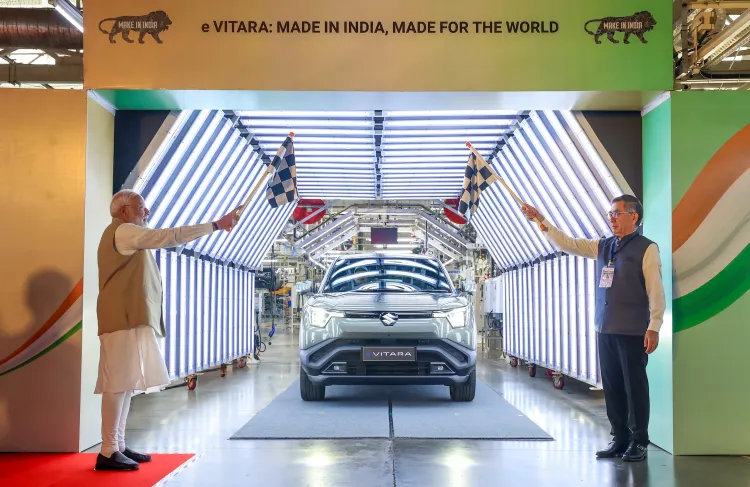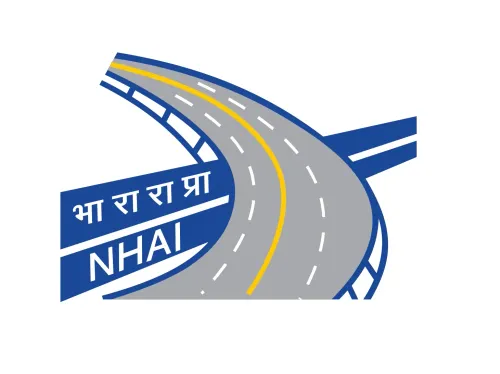Will the GST Overhaul Transform Automobile Sector Growth?

Synopsis
Key Takeaways
- GST overhaul reduces vehicle prices by 3-9%
- Projected 4-14% CAGR in the automobile sector
- Compact UVs and large diesel SUVs will see the highest benefits
- Increased demand for 2-wheelers expected
- Commercial vehicle demand to rise with economic growth
New Delhi, Sep 15 (NationPress) The recent overhaul of the Goods and Services Tax (GST), which has led to a reduction in vehicle prices by 3-9 percent across various categories, is poised to propel the growth rate of the automobile industry to an impressive 4-14 percent compounded annual growth rate (CAGR) through FY28, according to a report released on Monday.
The decrease in prices is expected to enhance affordability, boost the number of first-time buyers, and increase demand for vehicle replacements.
According to HSBC Global Investment Research, "This adjustment results in a rise in our projected CAGR across segments by 200-300 basis points. The growth surge is anticipated to be front-loaded, leading to an estimated increase in our FY27/28 EPS projections by 4-14 percent."
Passenger Vehicles (PVs) are expected to experience price cuts ranging from Rs 40,000 to Rs 1.5 lakh, with the most significant reductions occurring in the Rs 10 lakh to 15 lakh segment.
The primary beneficiaries will be compact UVs, followed by large diesel SUVs and entry-level cars. Tata's passenger vehicle portfolio is anticipated to witness the most substantial price reductions, closely followed by Maruti, Hyundai, and Mahindra & Mahindra.
Additionally, the combination of price reductions, festive season demand, and strong rural purchasing power is likely to boost 2-wheeler sales.
"We foresee simultaneous growth across all segments due to reduced prices for 2W vehicles. While the GST cut may encourage a shift from economy to executive vehicles, it will also draw in first-time buyers as the on-road price for entry-level motorcycles decreases from Rs 70,000 to Rs 63,000," the report emphasized.
However, electric two-wheelers may face stagnation in the short term due to a weakened value proposition.
Demand for commercial vehicles (CVs) is predicted to rise following the GST reduction and improvement in macroeconomic conditions. According to HSBC's economists, the GST cut is likely to elevate the FY26 GDP growth rate by 20 basis points.
"We anticipate this will correspond to increased CV demand, further supported by GST-induced price declines. While a significant portion of CV buyers utilize credit, thus the net benefit from lower CV prices may be less pronounced compared to PVs or 2Ws, we project a 150 basis points increase in the growth CAGR for MHCV from FY25 to FY28," the report stated.
As demand surges due to the GST reduction, shares of Indian automobile companies have increased by 6-17 percent compared to the Nifty 50, which has risen by 2 percent since August 15.
Current valuations are notably high, standing at 15 percent above the 10-year average; therefore, we expect stock performance to align with EPS growth over the coming year, according to the report.









